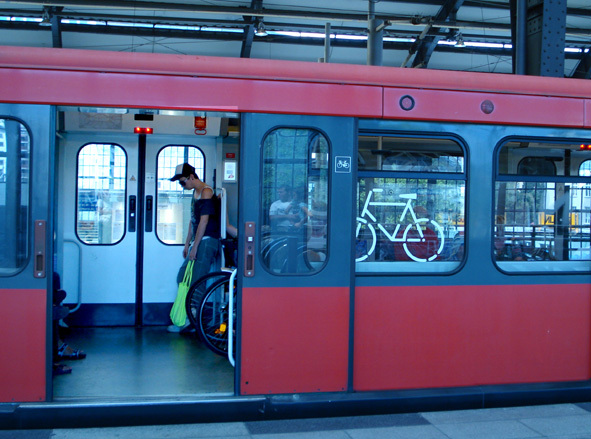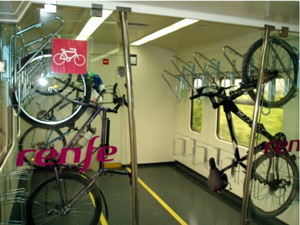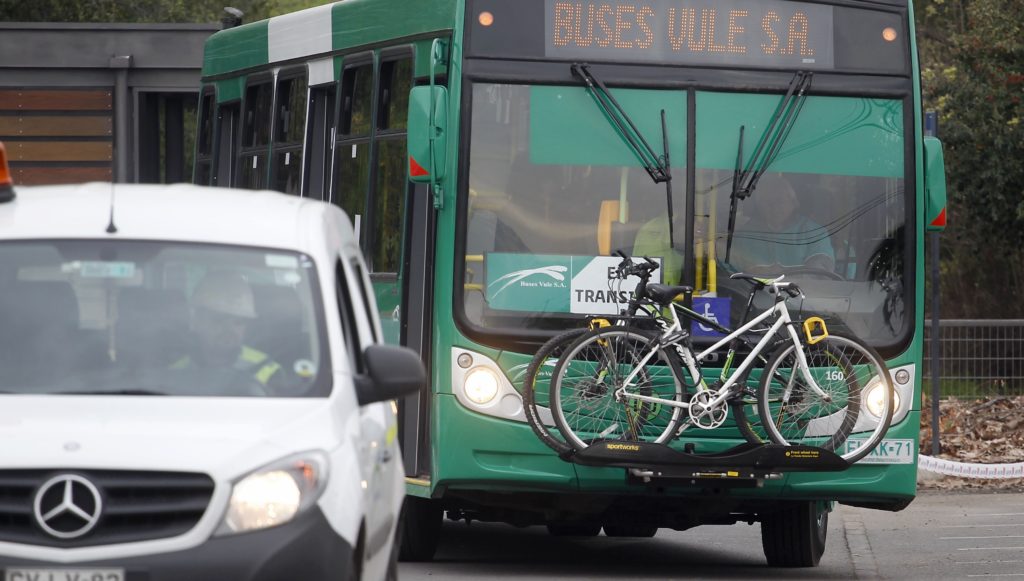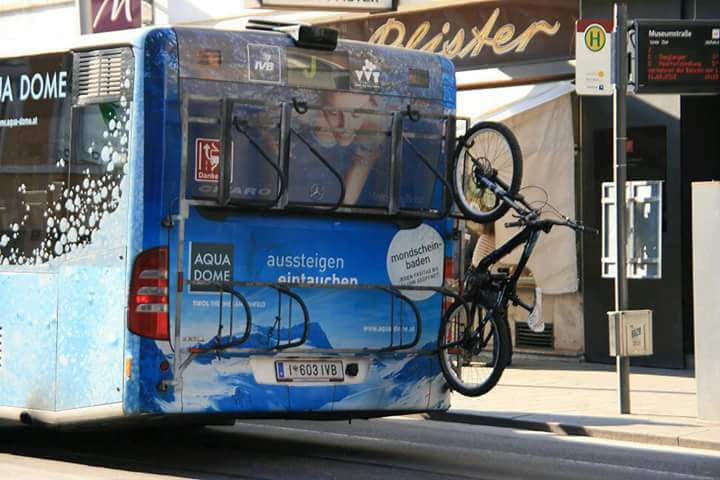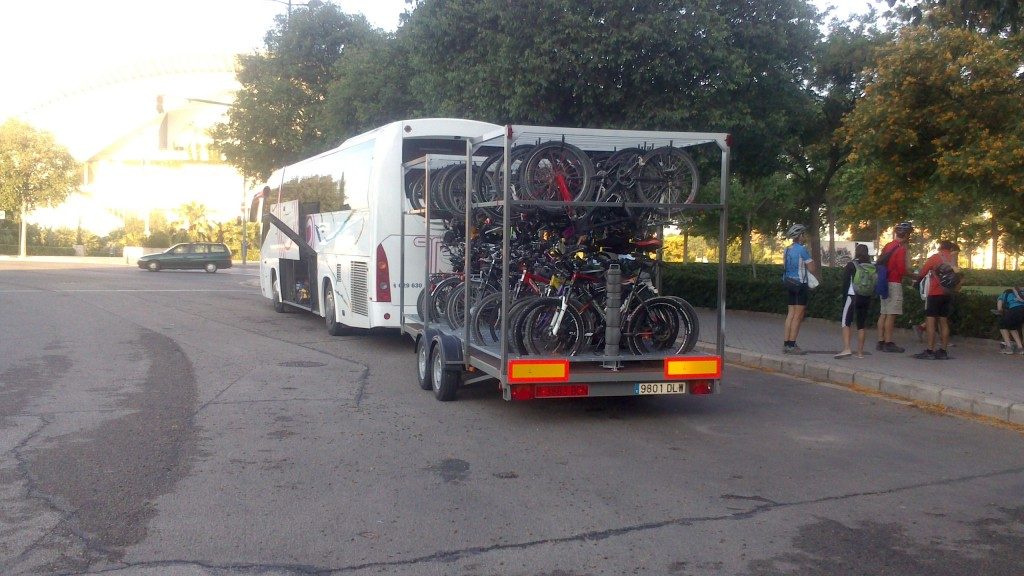Architecture is everywhere in human settlements, cities and villages, and has been developing since human beings left caverns according to needs, available resources or their being styles. Regarding bicycles, architecture plays an specific role in easing displacements in bikes. It had to be tortuous riding from one place to another centuries ago, where there should not be proper roads as we know them now. Thanks to architects, engineers and intelligent people infrastructures have been improved and they are still evolving.
Similarly as architectures specialized in buildings or bridges, some of them have decided to redirect their careers into bike infrastructures. They deal with problems such as what road surface is better for bicycles riding on it, bike line on the sidewalk or on the road (better on the road), how to connect two bike lines at different height, and so on. Analogously, bike-specialized architects hold events to share the best projects on this subject. For example, the Bicycle architecture biennale took place in June 2019 by the hand of BYCS (the organizer) as part of the mission 50by30, which aims at reaching 50% of shifts by bike by 2030. On this occasion, improvements on roads were taken into account as well as on buildings. Yes, it can sound like an utopia the fact of allowing entering bikes into a flat from streets with particular improvements having with bikes on mind. But it was also an utopia for cars in the past century. Who knows if it will popularize in this century.
Finally, architects, designers and urban-planners debated about an eternal issue: What is better: functionality or aesthetics?, without coming to an agreement.

